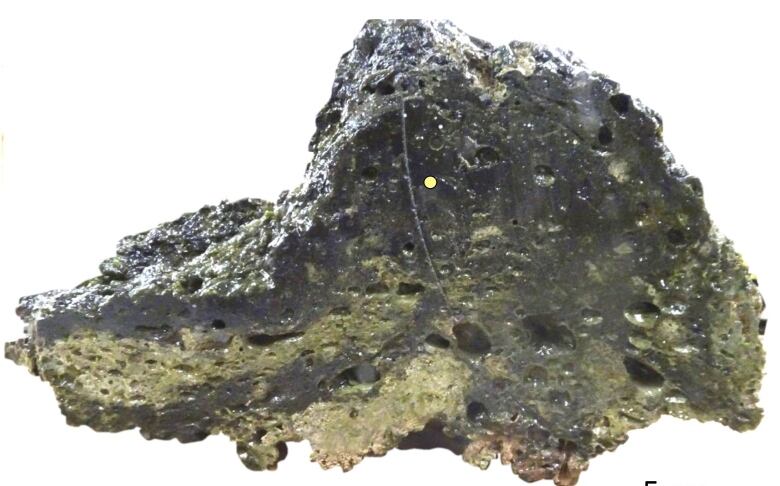12,000 years ago an exploding comet turned part of a desert into glass
Intense heat fused soils into glass, which remains scattered over the desert today


New evidence suggests that about 12,000 years ago, a comet which had possibly already broken into several pieces, exploded over the Atacama Desert in Chile.
The heat from the explosion fused soil over a nearly 80-kilometre swath of the desert into fragments, balls and small slabs of glass, which researchers think were created by the intense heat generated by the explosion.
The researchers think the comet hit the atmosphere and exploded in a powerful airburst.
Intense heat turned desert to glass
The impact with the atmosphere created intense heat, then subsequently high winds and great turbulence. Soils below the explosion were heated to more than 1,700 C, which was enough to fuse minerals in the soil into silicate glass.

Peter Schultz, from the department of earth, environmental, and planetary sciences at Brown University in Rhode Island, told Bob McDonald in an interview that some of the slabs of the black and greenish glass that remain are nearly one metre in length.
Minerals indicate a comet
The new study overturns a previous assumption about the source of the glass. Some geologists had argued the glass was the product of very hot grass fires. The Atacama desert did have more vegetation at the time, but the heat required to create the glass suggest to Schultz and his colleagues that the cause was a comet.

In addition, minerals found encapsulated in the glass, such as cubanite and troilite, may be cometary debris. The minerals are known to come from space rocks, and were found in cometary samples returned by NASA's Stardust mission in 2004.
Produced and written by Mark Crawley